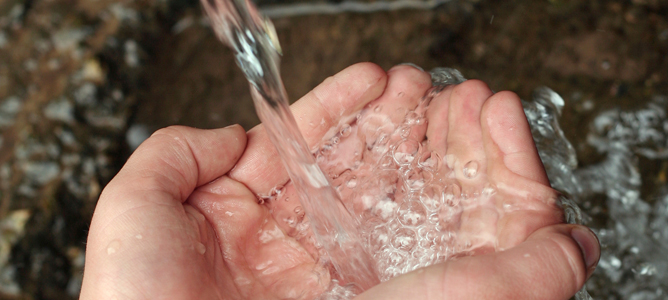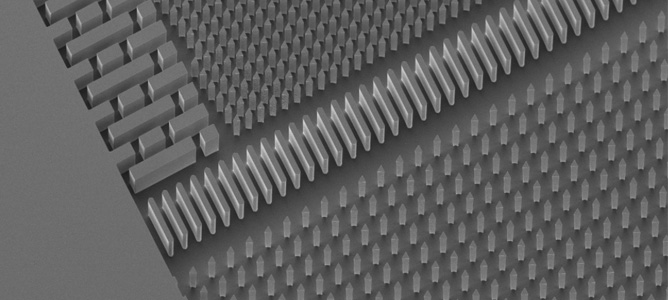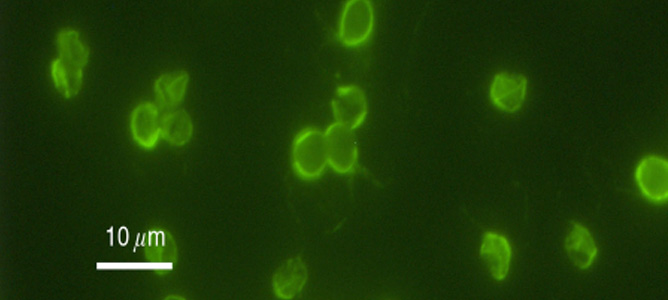Protecting the nations’ water supply


Nanostructural features present on a microfluidic wafer.

Cryptosporidium Parvum Bacterium

Close up of nanostructural features present on a microfluidic wafer.
March 2012
Microfluidic sensing platforms capable of sorting and filtering nanoparticles within aquatic sensor systems may hold the key for future pathogen detection within community water supplies.
Using a fluid separation element fabricated within MCN’s state-of-art photolithography and clean room facility, this device harnesses the process of surface acoustic waves to actively filter harmful disease-causing pathogens. Such pathogens include the Cryptosporidium Parvum Bacterium, responsible for the 1998 Sydney water crisis.
Given the expertise and unique array of equipment available with the MCN, the facility has allowed the technology to be completely transposed from design to development within a single place. Hosted by MCN, this work forms part of a cluster collaboration between CSIRO and Australian universities to create an integrated device which may one day filter our nation’s water supply.


